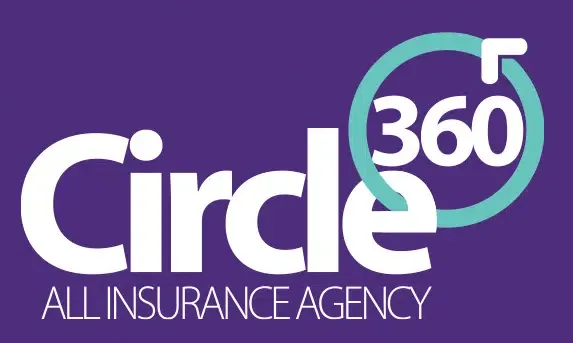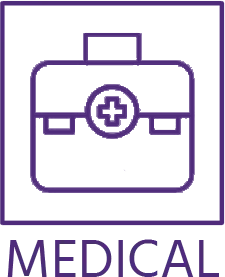SE HABLA ESPAÑOL
SE HABLA ESPAÑOL

Frequently Asked Questions
Get a $15 Gas Gift Card Per Person When You Schedule a FREE Consultation!
Get a $25 Gas Gift Card When You Schedule a FREE Consultation!
Frequently Asked Questions


Make the BEST Coverage Decisions for You and Your Family

Health Insurance
Who qualifies for the Patient Protection and Affordable Care Act (Obamacare)?
Almost anyone can qualify for Obamacare! If your monthly income is equal to, and up to four times, the national poverty line, you qualify for subsidies.
You are NOT eligible for coverage if:
• You are not lawfully in the United States
• You are incarcerated
• You are currently covered by Medicare

What is considered a pre-existing condition on a health insurance policy?
A pre-existing condition is most commonly defined as a condition you had prior to enrolling in health coverage—known or unknown.For example, someone may enroll for health insurance, fully aware they have epilepsy. On the other hand, another person may enroll for insurance months before they become aware of an existing tumor. Both are considered pre-existing conditions.

How do I set up a health savings account (HSA)?
You can set up an HSA at your bank or credit union. If your employer provides health insurance, they may offer a health savings account. While working with one of our team members, you’ll receive all the recommendations you need for starting an HSA.

What is a high deductible health plan (HDHP)?
A high deductible health plan allows you to pay a lower monthly premium but requires a higher deductible before your insurance provider begins paying.

What is coinsurance?
Coinsurance requires you to pay a percentage of medical costs on top of your deductible. Typically, the lower your premium payments, the higher percentage you will be responsible for paying.
Example: Let’s say you have a $10,000 hospital bill with a $2,000 deductible and your coinsurance is 20%. You pay the $2,000 deductible, which brings the remaining amount payable to $8,000. Then, you will pay 20% of the remaining $8,000, which is $1,600. This would bring your total out-of-pocket payment to $3,600.


General Insurance
Who should be listed as first insured on my insurance policy?
The person who you want to have control of the policy should be designated as the first insured. This person will have certain rights and responsibilities that others on the policy do not. These might include the ability to alter the policy, receive notices about the policy, and make premium payments.

How are insurance claims handled on a partial loss?
Partial loss claims are handled almost identically to total loss claims. The main difference is that a more thorough damage inspection is needed with partial loss. In the example of a house fire that only damaged the kitchen, you need to hire someone to do an in-depth inspection. This is to make sure any damage gets reported on your insurance claim, which is VITAL for a reimbursement of the full repair costs.

Does changing my insurance affect my credit score?
Changing your insurance carrier will only affect your credit score if you leave due to non-payment or if you have outstanding debts with the company.

Enroll Today!
Let Us Find the Best Coverage for You
Enroll Today!
Let Us Find the Best Coverage for You


Albert Garcia
Licensed Independent Sales Agent


Albert Garcia
Licensed Independent Sales Agent
Open Monday thru Friday 9am to 6pm